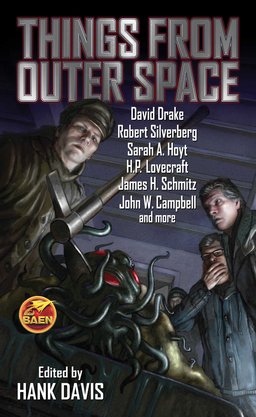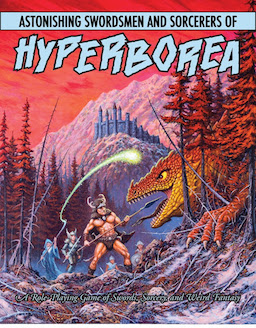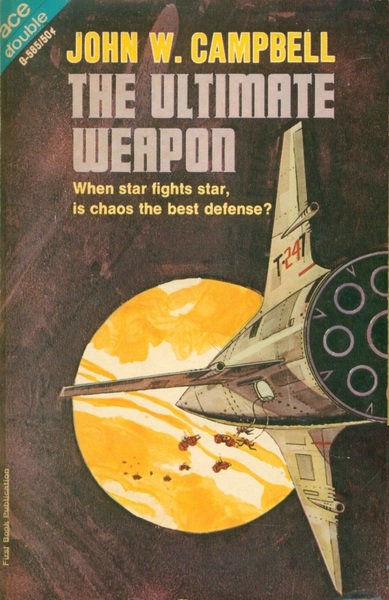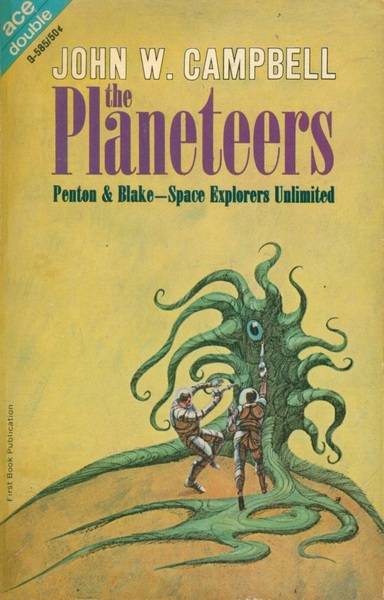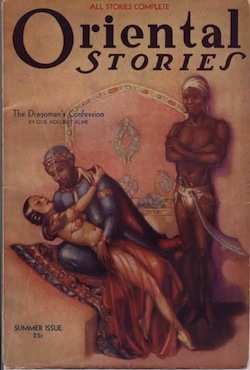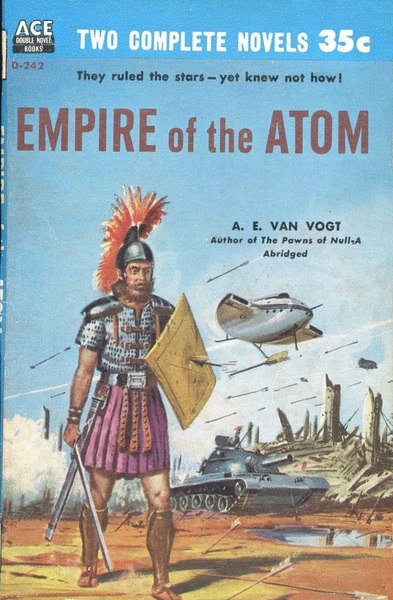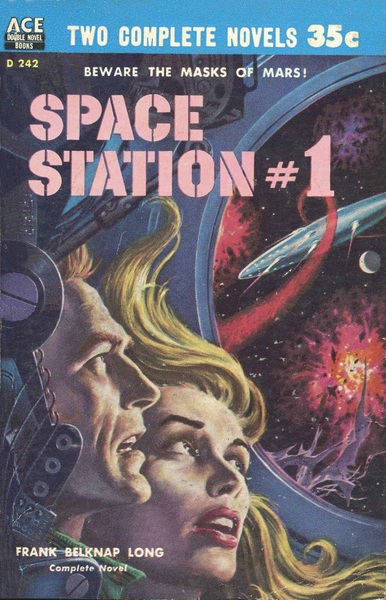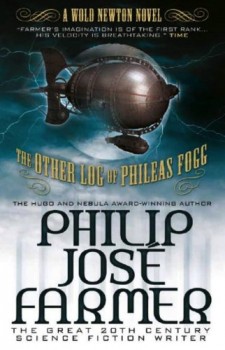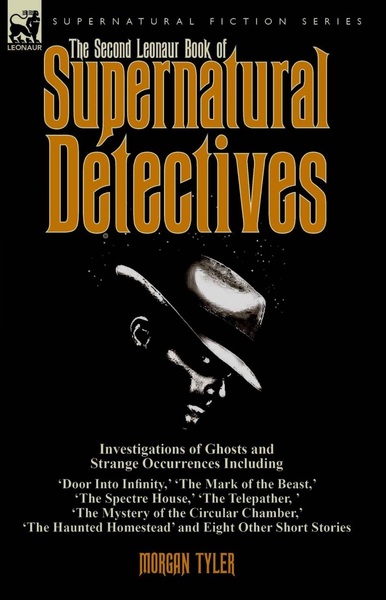Atlantis, Vikings, and the Hordes of Kublai Khan: Merlin’s Ring by H. Warner Munn: Part II
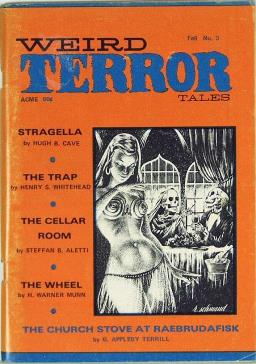 Time to come clean! When I published Part 1 of my review of Merlin’s Ring last year, it was not because the article was so massive that it had to be broken down into smaller parts. Rather, it’s because I was unable to finish the book promptly, and soon enough unforeseen circumstances left me deprived of my copy, wondering what happened to Gwalchmai and Corenice. John O’Neill suggested I proceed with what I had, and commit to completing the review later.
Time to come clean! When I published Part 1 of my review of Merlin’s Ring last year, it was not because the article was so massive that it had to be broken down into smaller parts. Rather, it’s because I was unable to finish the book promptly, and soon enough unforeseen circumstances left me deprived of my copy, wondering what happened to Gwalchmai and Corenice. John O’Neill suggested I proceed with what I had, and commit to completing the review later.
A replacement book was not an easy find. Mr Munn’s works are like hens teeth where I live. Honestly I have only ever, quite recently, come across one in a second hand book shop – alas it was The King of the World’s Edge, which is the book that caused me to seek out Merlin’s Ring in the first place!
Well, thanks to the internet and a service called Alibris, I finally received a replacement volume from Floridas. Not in as good a nick as my previous, pristine volume, but it is the first printing Ballantine version, which I suppose is something.
Part 1 of my review left off where Gwalchmai had joined forces with Joan of Arc, and became part of the army set to liberate Orleans. One has to appreciate the admiration for St Joan that Mr Munn must have had. His passion for the subject is strong, and the resultant detail a joy to read. My own knowledge of Joan of Arc has (until now) been somewhat sketchy. Pretty much the basics: when she lived, that she was burned as a heretic, and there have been a few recent movies about her.
While I can’t say whether Munn’s account is historically accurate, at least the recent movies have acquainted me with the subject of Joan of Arc. Munn’s Secondary characters are detailed and believable, with small quirks that can easily be believed. One example is Master Jean, the best marksman in France when it comes to the “hand cannon” (predecessor to a harquebus). The secret to his skill is cleverly woven into the plot, something rather mundane by today’s standards but so revolutionary, and risky, for a gunner in those days.
